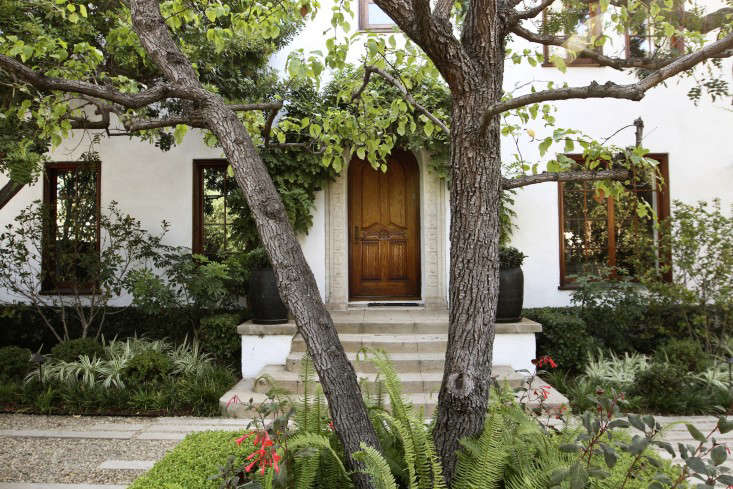Before August vanishes, it’s time to get out of town. But what about the plants you’re leaving behind? There’s no need to worry if you’ve got succulents–they’ll thrive at home alone even if you abandon them for a week.
I’ve grown succulents for years and have never felt the need to have them watererd while I’m away. But I’ve always wondered: how long could my plants actually survive on their own? To find out, I called my favorite succulent expert, Robin Stockwell, who owns Succulent Gardens nursery in Castroville, California.
Robin has been in the business for more than four decades, and always specifies: These plants are low care, not no care. The ticket to succulent happiness, it turns out, is regularity–most can easily go without any irrigation for seven days, sometimes much longer, as long as you’ve watered them regularly as needed before and after the dry period.
One more crucial fact: You’re more likely to damage your plants by giving them too much water rather than too little. As a general regimen, let the soil approach dryness (the easiest way to tell if soil is dry is to feel it), then water enough for it to drain out through the holes in the bottom of the pot. And if you live in a region with summer storms, be sure to move your succulents to a spot where they won’t get drenched.
Photographs by Julie Chai.

Above: These plants might fool you into thinking they’re delicate, but succulents are the exact opposite. Native to South Africa, the Mediterranean, Asia, and the mountains of California, among other parts of the world, this diverse plant group is accustomed to periods of drought.

Above: When combining succulents in a planter, I aim for a mix of colors and forms. Here, I used trailing blue-green String of Bananas (Senecio radicans), ruffled rosettes of ‘Lady Aquarius’ echeveria (Crassulaceae echeveria cv. ‘Lady Aquarius) that are blue edged in pink, and smooth rosettes of pale lavender ‘Perle Von Nurnberg’ echeveria (Crassulaceae echeveria cv. Perle von Nurnberg). All of these, and hundreds of other varieties, are available at Succulent Gardens.
To maintain the hues and shapes that made you fall in love with them in the first place, grow your succulents where they’ll get the right sun exposure. In general, they like full sun–but you may need to make some modifications depending on where you live. For example, if you’re in a hot, inland area, scorching midday and afternoon rays can fry your plants, so only give them a few hours of direct morning sun. But if you reside in a more moderate, coastal area, you can leave your succulent pots in direct sun all day.

Above: When shopping for plants, I don’t lug my container with me. But I like to know how many plants I can squeeze in, so this is how I measure: I cut a piece of paper (newspaper or a paper bag work well) to the size of my pot’s opening. I take that with me to the nursery and use it as a template to lay out plants on my cart. This approach works equally well for a round vessel: see last month’s Container of the Month, DIY Outdoor Planters: A Cool Palette for Hot Weather.

Above: Succulents need better drainage and soil aeration than thirstier plants, so be sure to use a soil mix that’s labeled for cactus or succulents, and grow your plants in a pot that has holes in the bottom so that excess water can drain out. Some people like to put small pebbles or gravel in the bottom of the pots before adding soil, but it’s not necessary if you use a planting mix that drains well. When choosing a container, know that soil in unglazed terra-cotta will dry out more quickly than in glazed or non-porous pots.

Above: If roots are matted, gently loosen them before planting.

Above: Some succulents, including echeveria, have long bloom spikes in spring and summer.

Above: You can keep your plants looking good by feeding them, no more than once a month, with a half dose of all-purpose organic fertilizer. And this time of year, you can often find containers on sale–I got this Threshold Mod Planter (12-by-12-inch size) for just $20 at Target.
Lack outdoor space? Grow your succulents inside–to learn how, see DIY: Stop Killing Your Indoor Succulents. And we have many more container gardening ideas at Pots & Planters.












Have a Question or Comment About This Post?
Join the conversation (0)